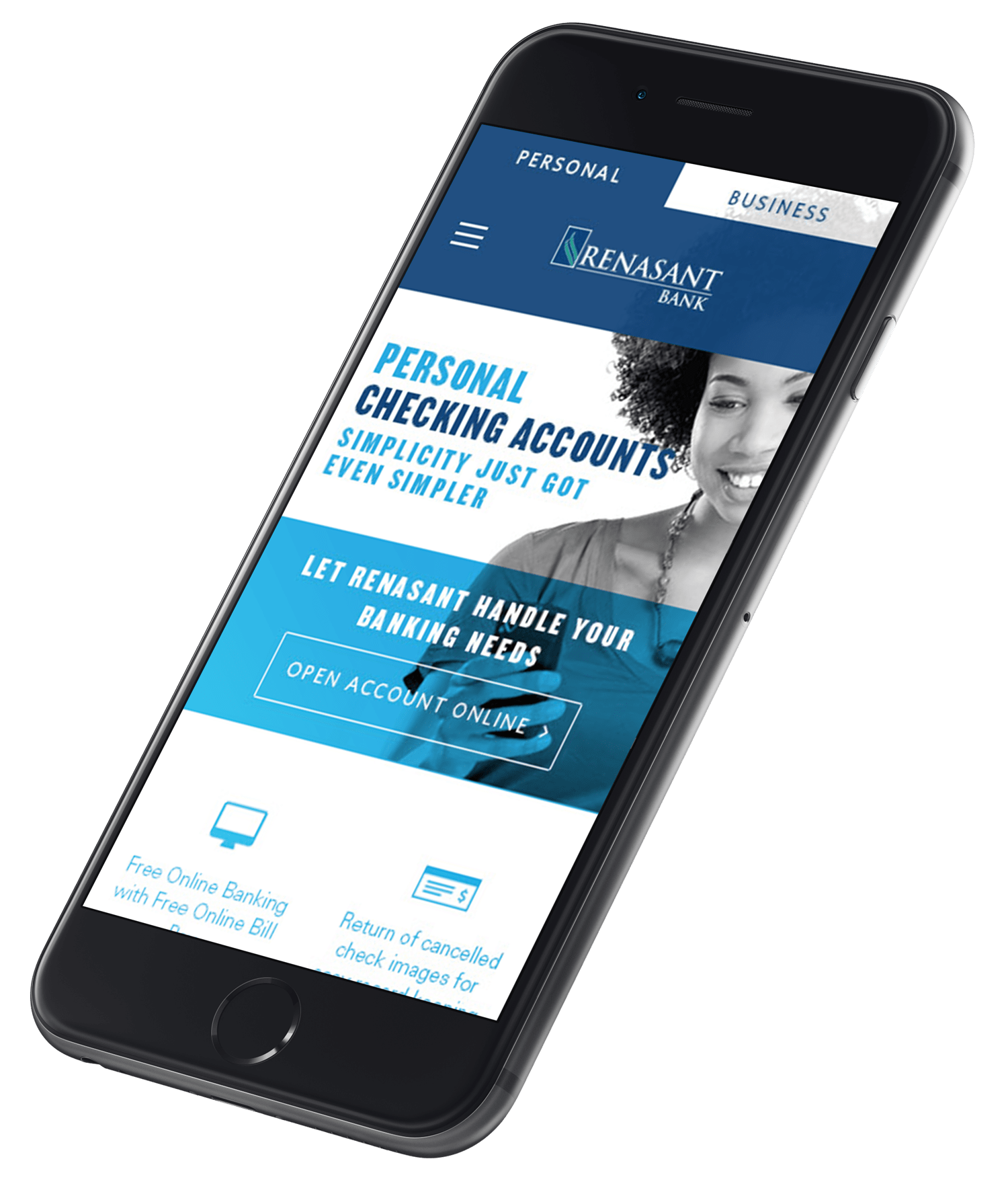From Alexa to Siri, Voice Assistant Skills and Actions Create Customer Satisfaction
More than 40 million Americans share their home with smart speakers and voice assistants, which means they can have almost any query answered instantly… questions like “Alexa, what does my sister want for her birthday?”
That’s great, but can they ask about account balances or transfer money to pay for that gift? Your bank’s probably worked hard to create a better mobile app over the last few years, one that makes it easy for clients to check pay bills, review charges, and make deposits from wherever life takes them. But don’t fall behind the curve—by 2020, an astonishing 50 percent of all searches will be voice-based searches, according to Virginiabased data and behavior analytics measurement firm ComScore.

For you, this means clients won’t want to sign into your app or log onto your mobile site to perform basic banking functions—instead, they’ll look to ask questions like “Do I have enough money for this new flat screen?” and expect to receive immediate answers related to their personal financial situation.
Over one billion devices now provide voice assistant access worldwide and the highest monthly usage in the U.S. is on smartphones, in cars,and on smart speakers, in that order.
–Bret Kinsella, Voicebot
Don’t misread what we’re saying—this isn’t just some forward-thinking piece to get you pondering flying cars and hoverboards that really hover. The future of voice technology is already here.
Today.
With the advent and increasing popularity of voice assistants that both hear and respond to users, it’s time to explore the breadth of potential in fully functional voice-driven solutions for your bank—ones that not only include smartphones but smart speakers and other Bluetooth-capable devices, too. Don’t believe us?
Almost 70% of requests to the (Google) Assistant are expressed in natural language, not the typical keywords people type in a web search. And many requests are follow-ups that continue an ongoing conversation.
–Google Blog
And in a recent survey by FiveSight Research, 72% of respondents admitted to using a voice assistant (VA) to supplement their primary smartphone search engine. In fact, according to FiveSight’s Joe Buzzanga, Apple’s Siri feature was initially conceived in 2010 as a task-based “do” engine that included speech recognition and neuro-language programming—an approach to communications, personal development, and psychotherapy.

Sure, it’s fun to ask Siri silly questions—the folks at Apple have put a ton of time into answers that educate, inform, and even delight (Wanna hear? If you have an Apple device, take a moment to ask Siri what she dreams about). Why not take that same mindset and apply it to your customer attraction, onboarding, and retention efforts?
Siri, Google Voice, Alexa, Echo, Samsung Bixby, Microsoft Cortana, and even vehicle-based technology like OnStar, etc., embody the latest evolution of your financial institution’s mission to do right by your clients. In today’s world, there’s just no reason your bank can’t utilize voice to provide clients with the vast majority of digital services found on your app and website.
One billion devices have access to voice assistant technology. This presents a tremendous opportunity for brands to engage their customers through voice-activated devices, whether through smart speakers, smartphones, car infotainment systems, or hearables.
–Oren Jacob, CEO/Co-founder, PullString
Your clients’ ability to make purchases via Amazon or—in our case—pay bills, transfer funds, and apply for loans—is completely dependent on the accuracy and intent of voice assistance technology. Although there have been rare instances of devices (such as Alexa) inadvertently placing online orders for their owners, recent breakthroughs show vast improvements on both sides of the “conversation” to the point where we feel confident that both understanding and listening have been refined to the point in which voice assistance significantly improves the overall client experience. To note:
- Microsoft researchers announced a major breakthrough in speech recognition, creating technology that recognizes the words in a conversation just as well as a human does (Allison Linn, Microsoft)
- Using an iPhone 6s, a deep learning-based speech recognition system was able to produce English-spoken text at almost three times the rate of human study participants. Additionally, the software’s rate of error was more than 20 percent lower than that of its human counterparts. (Stanford University, University of Washington, and Baidu)

By building a platform that allows voice assistants to learn your bank’s digital content, product mapping, and structure (with or without working hand-in-hand with machine-learning and artificial intelligence systems) you can help your clients bank without ever touching a computer, tablet, or smartphone—much less visiting a branch. And, from a legal standpoint, your ability to successfully deliver content from both auditory and visual perspectives will significantly improve the banking experience of your visually impaired clients, who rely on screen readers and the aforementioned voice assistants to perform everyday tasks.
Of course, you’ll want to work through each of the standard “what-if” scenarios with members of your legal and compliance teams before implementing anything related to a new voice-assistance program. That being said, your minimum viable product should include these features:
- Real-time access to account balances and transaction history
- Transfer money between accounts
- Online bill payment
- Security alerts and notifications (e.g., low balance)
- Voice-to-text chat support
- Live voice support
Now’s the time to tackle the power of voice. What’s stopping yours from being heard?





